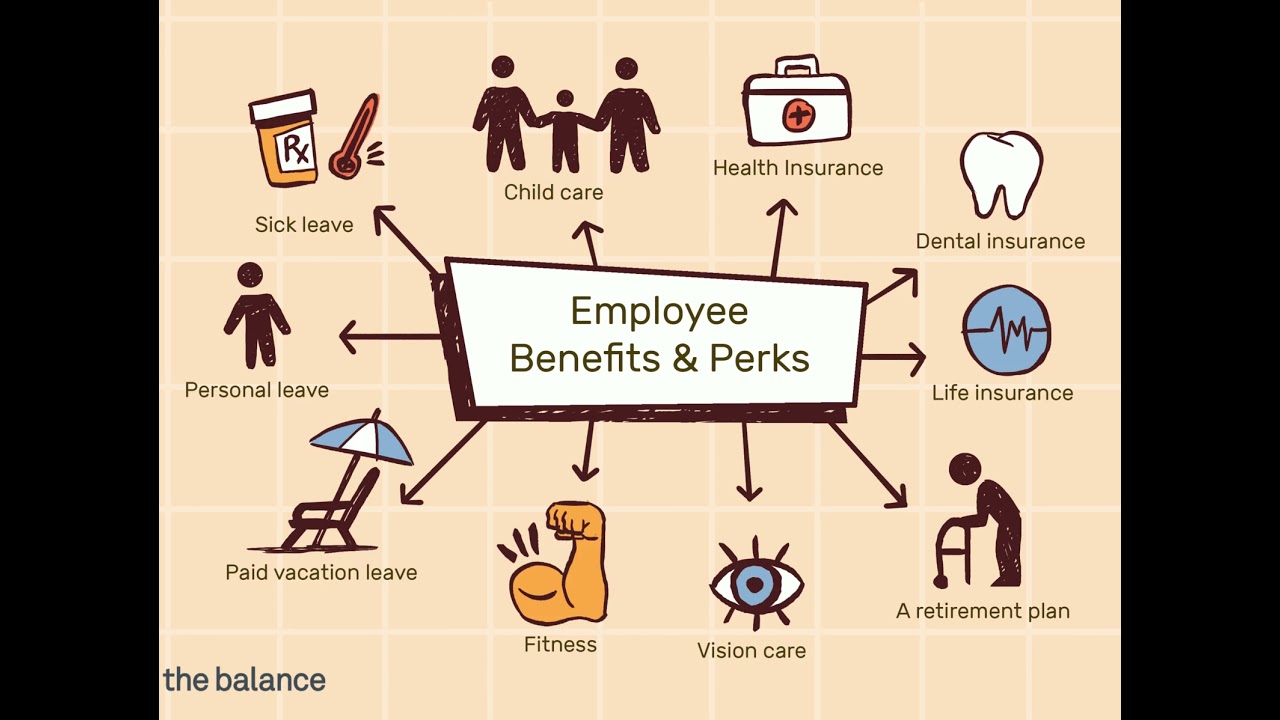Exploring Commercial Health Insurance: Benefits, Coverage, and Considerations
Introduction
Commercial health insurance is a vital component of the American healthcare system, providing individuals and businesses with access to medical services, financial protection, and a sense of security. In this article, we will delve into the world of commercial health insurance, examining its key features, the different types of coverage available, and factors to consider when selecting a plan.
The Role of Commercial Health Insurance
Commercial health insurance plays a significant role in the U.S. healthcare landscape. It acts as a bridge between individuals and healthcare providers, offering financial support for medical services and treatments while providing a structured way to access care.
Types of Commercial Health Insurance
Commercial health insurance comes in various forms, each designed to meet the unique needs of individuals, families, and businesses. Understanding the different types of health insurance coverage is essential for making informed decisions about your healthcare.
Individual and Family Health Insurance
Individual and family health insurance plans are designed to provide coverage for a single person or an entire family. These plans are purchased by individuals and can be obtained through employers, healthcare marketplaces, or directly from insurance providers. They offer varying levels of coverage, with options ranging from basic essential health benefits to comprehensive plans.
Employer-Sponsored Health Insurance
Employer-sponsored health insurance is a common benefit offered by businesses to their employees. These plans come in various formats, including Health Maintenance Organizations (HMOs), Preferred Provider Organizations (PPOs), Exclusive Provider Organizations (EPOs), and High Deductible Health Plans (HDHPs). Employer-sponsored insurance is a cost-effective way for employees to access healthcare, as the employer often contributes a portion of the premium.
Group Health Insurance
Group health insurance is similar to employer-sponsored insurance but is available to groups other than traditional employers and employees. Organizations, associations, and unions often provide group health insurance to their members. The group nature of these plans can lead to more competitive rates and comprehensive coverage options.
Short-Term Health Insurance
Short-term health insurance plans are designed to provide temporary coverage for individuals who experience gaps in their insurance, such as during job transitions or when waiting for open enrollment periods. These plans offer limited coverage, typically lasting from a few months to a year, and may not meet the requirements of the Affordable Care Act (ACA).
Student Health Insurance
Student health insurance is tailored for college and university students. It provides coverage for basic medical needs and can often be obtained through the educational institution. These plans are designed to offer affordable healthcare options for students while they pursue their studies.
Catastrophic Health Insurance
Catastrophic health insurance is intended for young, healthy individuals who primarily want protection against major medical expenses. These plans have low premiums and high deductibles, typically providing coverage only after the deductible is met. They are not suitable for regular healthcare needs but can offer affordability when minimal coverage is required.
Key Features of Commercial Health Insurance
Commercial health insurance comes with specific features and components that help individuals and businesses make the most of their coverage. Understanding these features is crucial for navigating the healthcare system effectively.
Premiums
Premiums are the regular payments individuals make to maintain their health insurance coverage. The amount of the premium can vary widely based on factors like the type of plan, location, and insurance provider. Premiums typically need to be paid on a monthly basis.
Deductibles
Deductibles represent the amount individuals must pay out of pocket for medical expenses before their insurance coverage takes effect. The level of the deductible can vary based on the chosen plan, with high deductible plans often having lower premiums.
Copayments
Copayments are fixed costs individuals pay for specific healthcare services, such as doctor visits or prescription medications. For instance, a doctor’s visit may require a $20 copayment.
Coinsurance
Coinsurance is a percentage of the cost shared with the insurance provider after the deductible is met. For example, if a medical bill totals $1,000 after the deductible is met, and the coinsurance rate is 20%, the individual would pay $200, and the insurance would cover the remaining $800.
In-Network and Out-of-Network
Health insurance plans often have a network of providers with whom they have negotiated lower rates. Seeking care within the network typically results in lower costs. Going out of network may lead to higher expenses and lower coverage.
Coverage Tiers
Many health insurance plans are categorized into metal tiers, including Bronze, Silver, Gold, and Platinum. These tiers represent the cost-sharing structure, with Bronze plans having lower premiums but higher out-of-pocket costs, and Platinum plans offering lower out-of-pocket costs but higher premiums.
Factors to Consider When Selecting a Commercial Health Insurance Plan
Choosing a commercial health insurance plan involves careful consideration of various factors. Individuals and businesses must weigh their specific needs, budget, and preferences to make an informed decision.
Coverage Needs
Assess your healthcare needs, considering factors like the frequency of doctor visits, prescription medications, and any anticipated medical expenses. Ensure your chosen plan covers these needs.
Budget
Evaluate your budget to determine how much you can afford in terms of monthly premiums, deductibles, and out-of-pocket costs. Finding a balance that aligns with your financial situation is crucial.
Network
Check the provider network associated with your plan. Ensure that your preferred doctors, specialists, and hospitals are in-network to maximize cost savings.
Deductible
Consider your risk tolerance and financial situation when choosing a deductible. Lower deductibles result in higher premiums but lower upfront costs when seeking care.
Subsidies
Explore government subsidies or employer contributions that may be available to offset the cost of your health insurance plan. Subsidies can significantly reduce your monthly premiums.
Long-Term Perspective
Consider your long-term healthcare needs. Are you planning for a family, or are you nearing retirement? Your future healthcare requirements should inform your choice of health insurance.
Annual Review
Health insurance needs can change over time. It’s essential to review your plan annually and make adjustments as necessary to ensure it continues to meet your needs.
Conclusion
Commercial health insurance is a crucial tool for individuals and businesses to access healthcare services while protecting their financial well-being. By understanding the different types of health insurance, key features, and the factors that influence plan selection, individuals and businesses can navigate the healthcare system effectively and make informed decisions about their coverage. Affordable and well-suited health insurance can provide peace of mind, financial security, and access to essential healthcare



